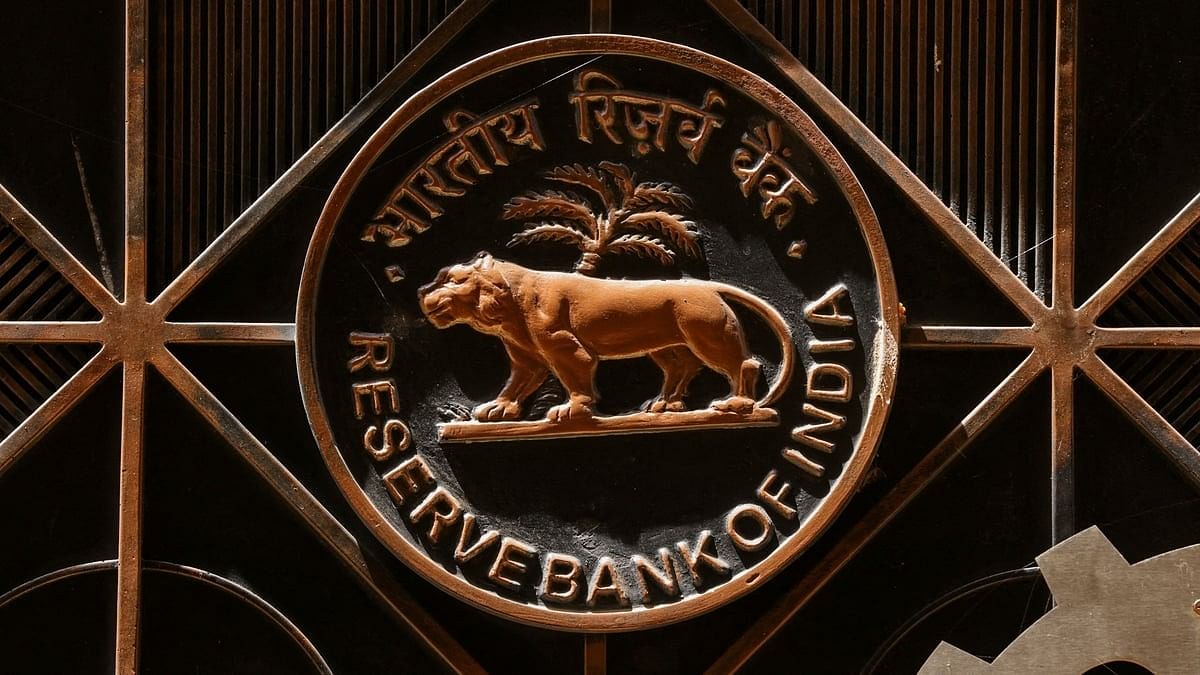
A Reserve Bank of India (RBI) logo.
Credit: Reuters Photo
It was not unexpected that the Monetary Policy Committee (MPC) of the Reserve Bank of India (RBI) would maintain status quo on the benchmark repo rate at its meeting this month. The newly reconstituted committee decided at its first meeting last week to keep the rate at 6.5 per cent. Inflation data that came out on Monday showing that retail inflation rose to 5.49 per cent in September, up from 3.65 per cent in August, due to higher food prices, bears out the MPC’s decision to wait and watch. But the committee importantly decided to shift its policy stance from “withdrawal of accommodation” to “neutral”. While the decision to maintain the rate was a majority decision, the decision on policy stance was unanimous. This signals that the committee would be willing to consider rate cuts in future, possibly starting from its next meeting in December. Central banks in other countries, such as the European Central Bank, the Bank of England and, most importantly, the Federal Reserve of the US, have started making rate cuts. But the domestic situation would certainly have weighed more with the MPC when it shifted its stance.
The RBI now has “greater confidence in navigating the last mile of disinflation” and the shift in stance may be attributed to this. The RBI’s target is to bring the consumer price index (CPI) inflation to 4 per cent, and it has used monetary policy to move towards it. Its forecast for the current year is 4.5 per cent. It hopes to keep the inflationary pressures in check as there are indications of food price inflation coming down. Food inflation declined from 8.6 per cent in February to 5.66 per cent in August. The RBI hopes that it will go down further. This is because a good monsoon has boosted food production. The RBI expects the rabi outlook to be good, too. It has projected an inflation target of 4.3 per cent in the first quarter of the next financial year. It thinks the disinflation strategies are making progress and inflation targets are achievable.
However, there is also a note of caution. Governor Shaktikanta Das has said that “unexpected weather events and worsening of geopolitical conflicts” could have a bearing on inflation. Weather and climate are unpredictable and they could impact agriculture, and the economy in general, in unexpected ways. An escalation of the conflict in West Asia could adversely impact crude oil prices, which can fuel inflation. The MPC has only indicated that it is ready to relax its policy if the present trends continue. The central bank is also optimistic on growth and noted that both consumption and investment are “gaining momentum”. Rural demand, which has remained muted for quite some time, is “trending upwards” and urban demand is steady. It has projected a 7.2% growth for the economy this year. Falling inflation and a growing economy make a good combination.